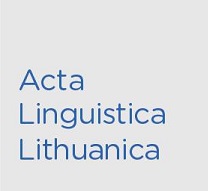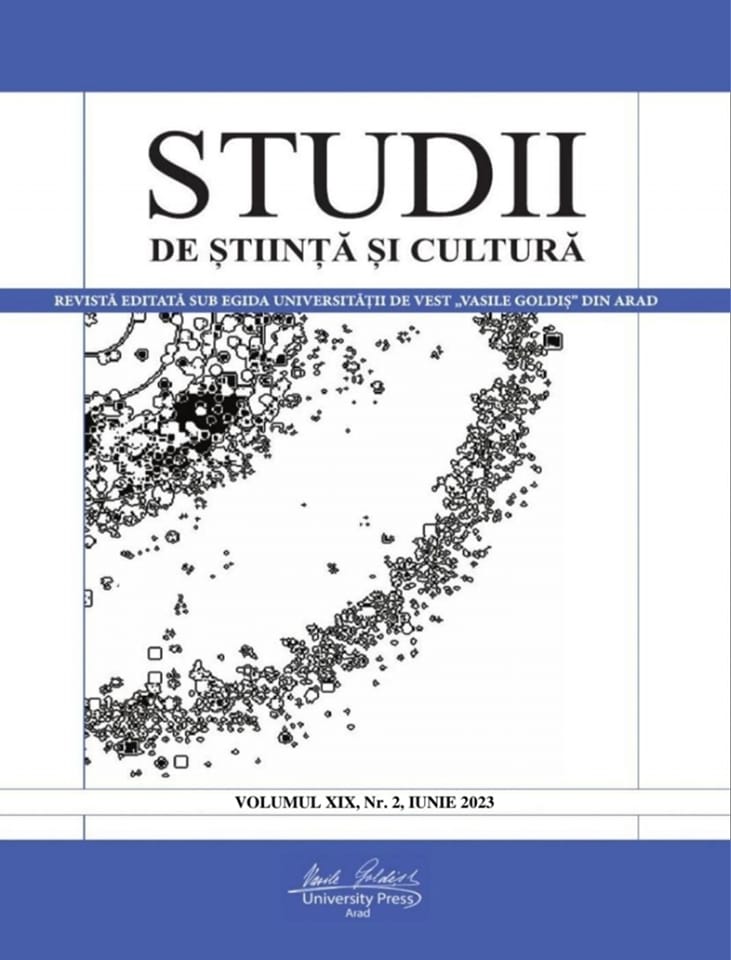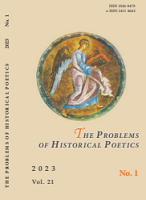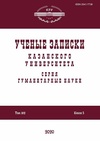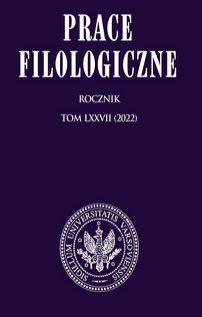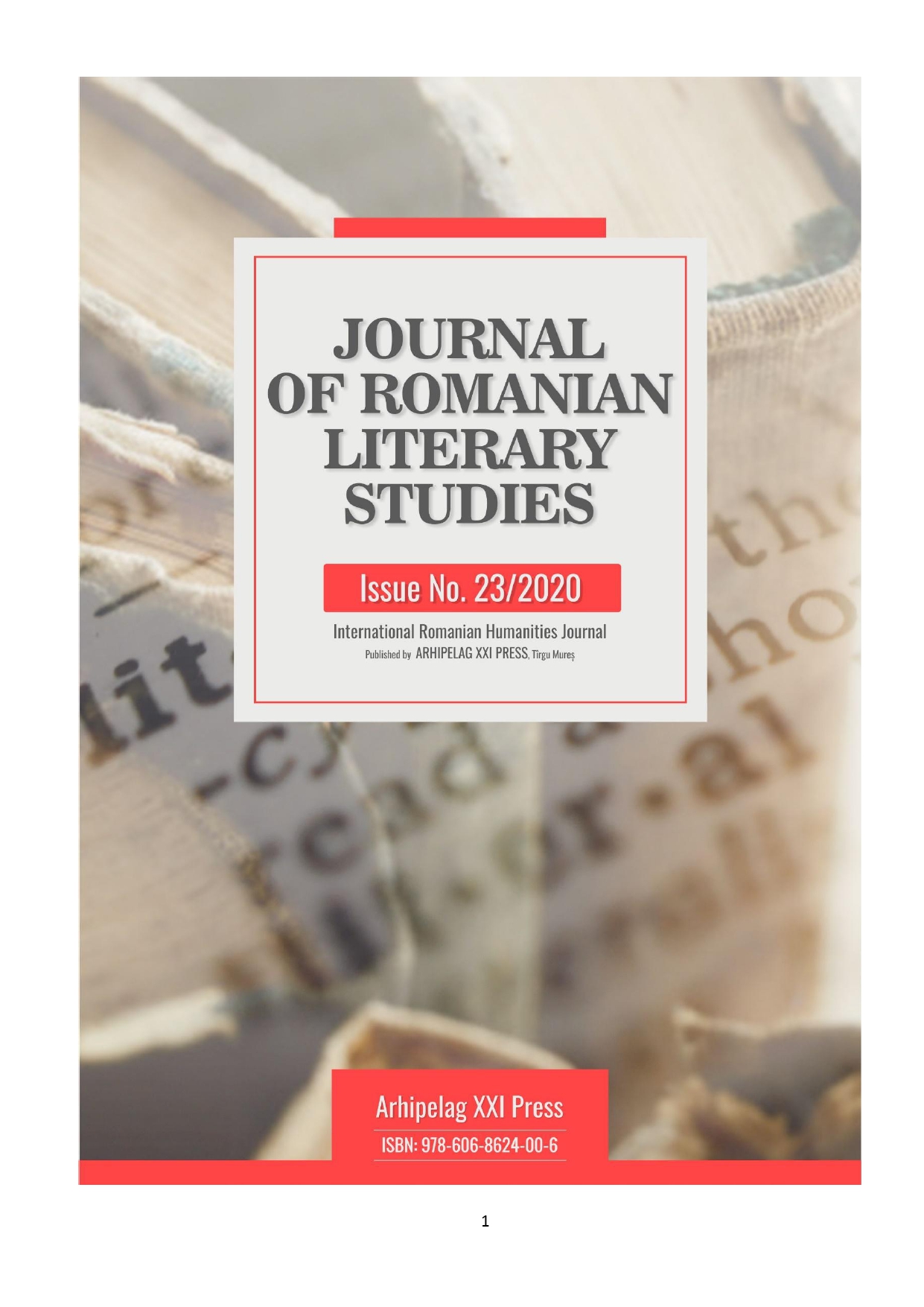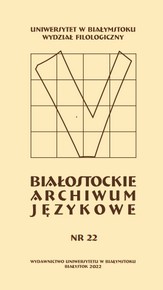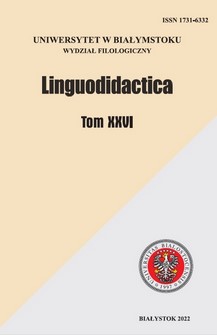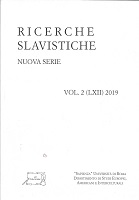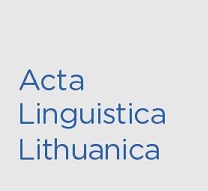
REGRESYVINĖ BALSIŲ ASIMILIACIJA: NOMENKLATŪRINĖ POŽYMIO KAITA PLUNGIŠKIŲ POŽIŪRIU
The article addresses the nomenclatural change of regressive vowel assimilation as the main distinguishing feature of the subdialects of the Northern Samogitian of Telšiai and Kretinga. It attempts to determine to what extent the residents of Plungė are aware of regressive vowel assimilation as the distinguishing feature of Northern Samogitian and to evaluate the change of this feature. The article draws upon the methods of dynamic dialectology and perceptual dialectology. After analysing the comments provided by the informants from Plungė on regressive vowel assimilation and other dialectal features of Northern Samogitian subdialects, it was established that vowel assimilation is rarely considered a distinguishing feature of Northern Samogitian subdialects. This feature is usually observed but it is assigned a marginal differential value. Other phonetic, morphological and lexical differences are considered more important and significant. Regressive vowel assimilation is also associated with the influence of non-dialectal speaking.
More...
